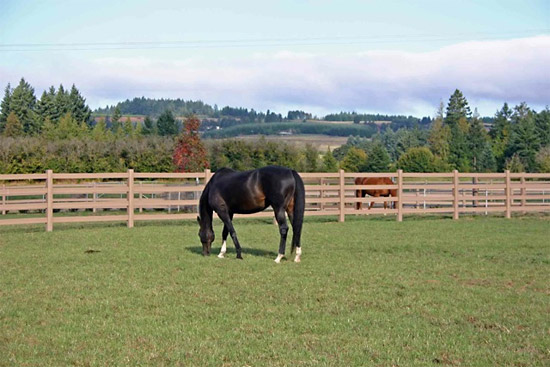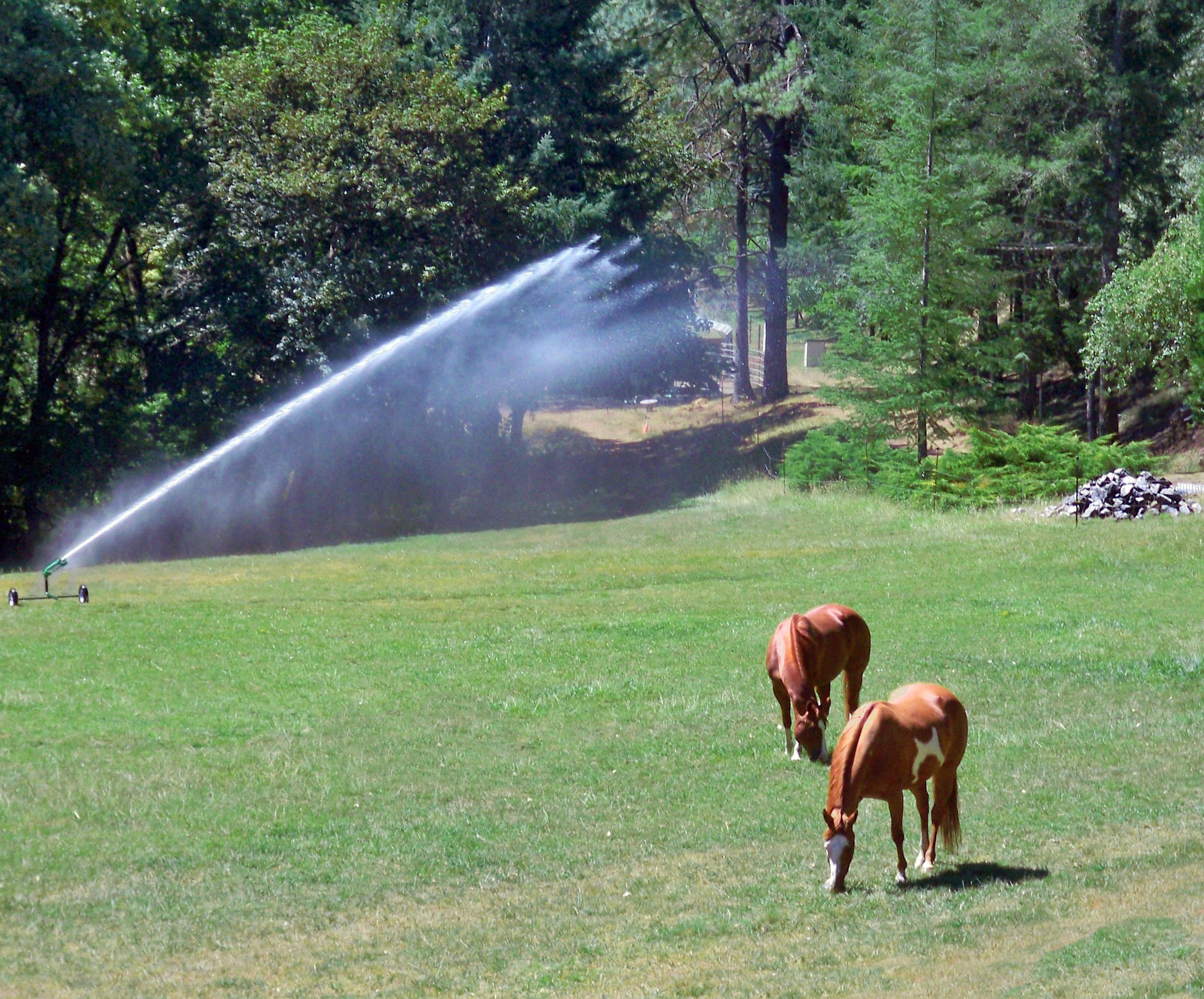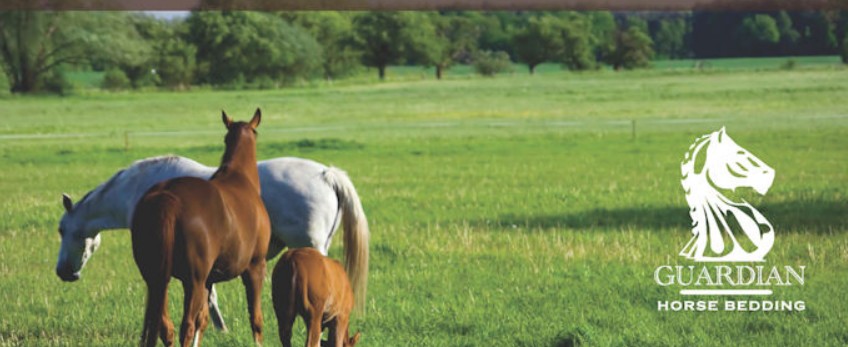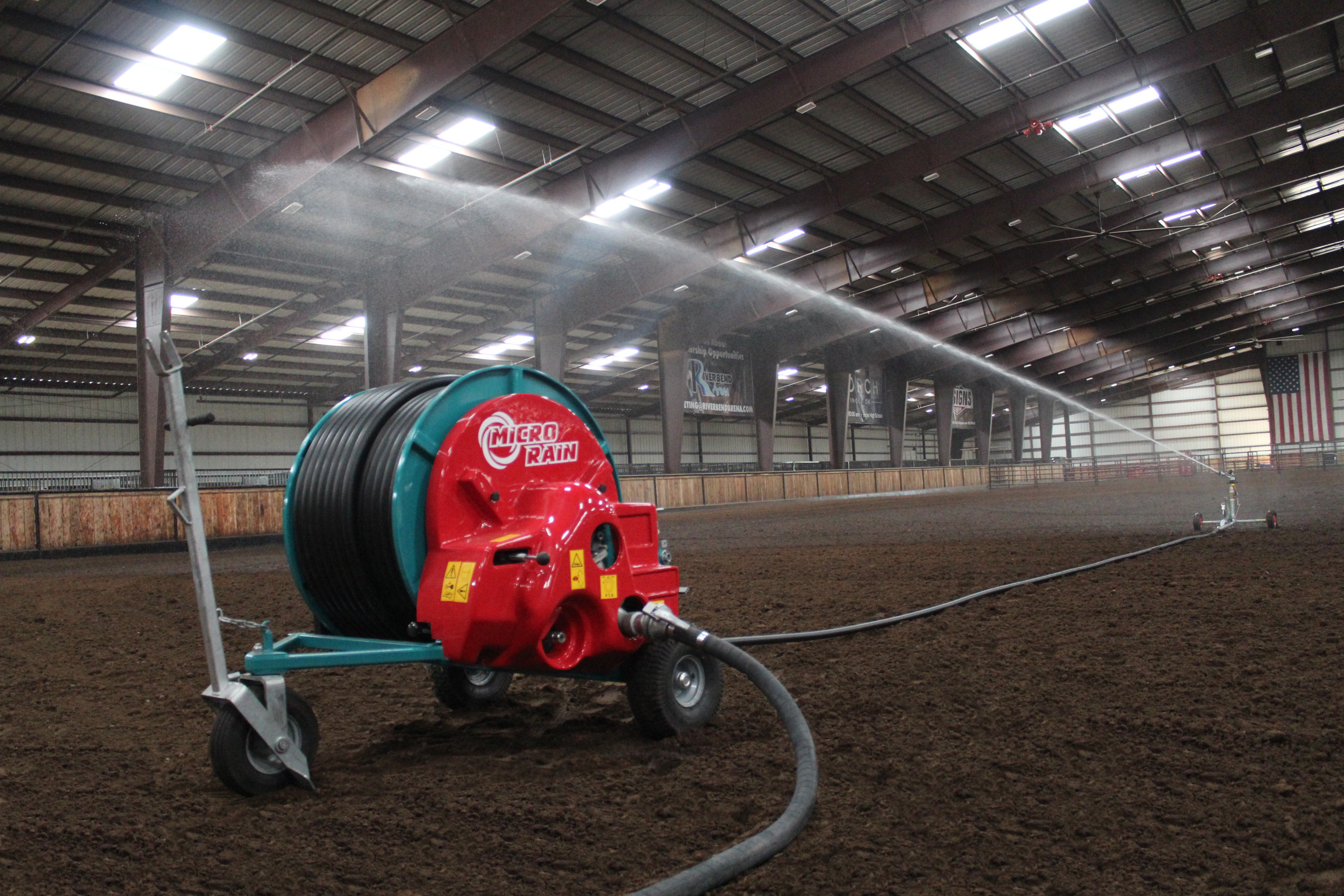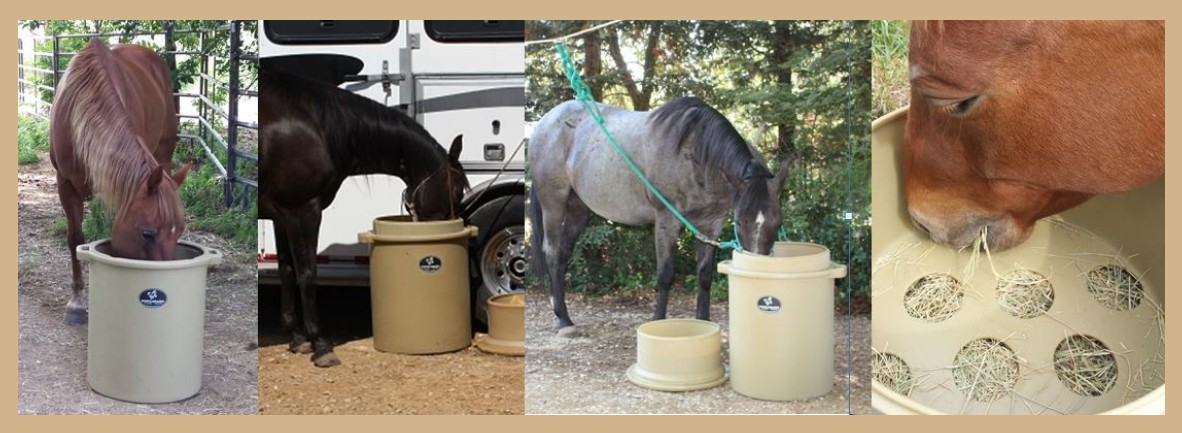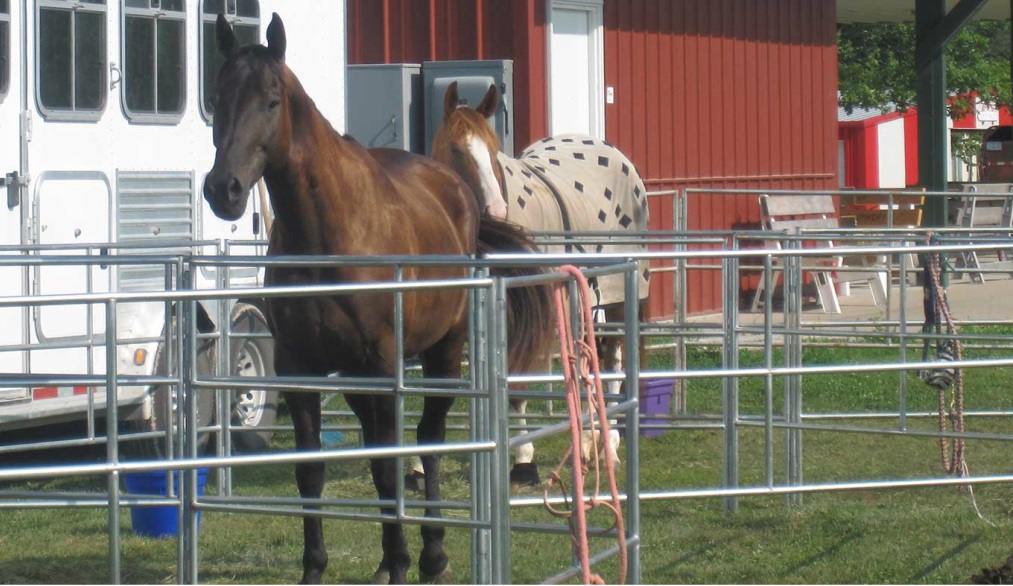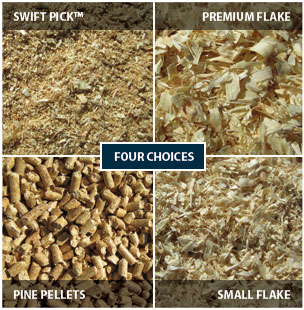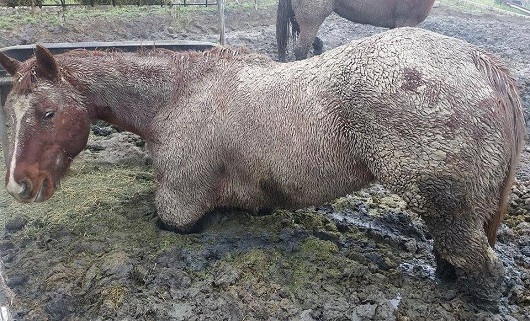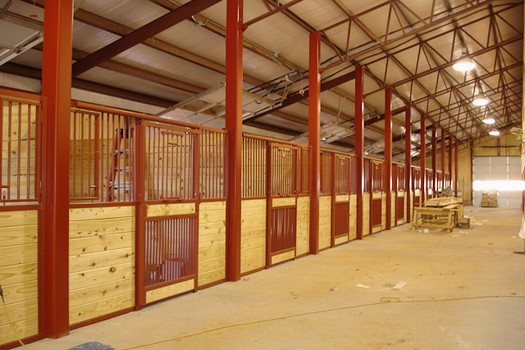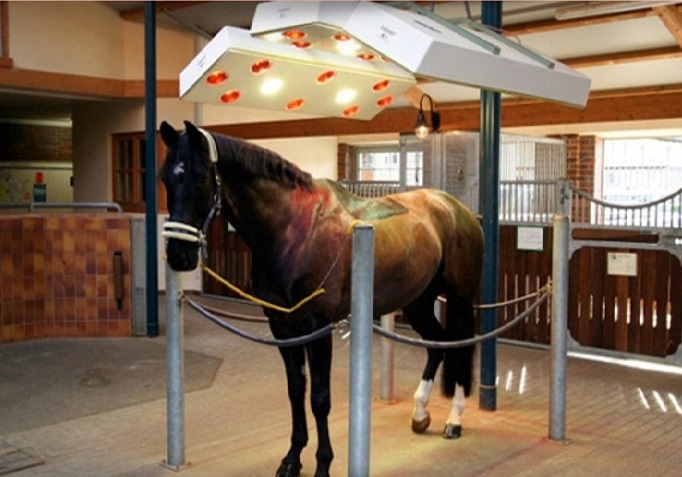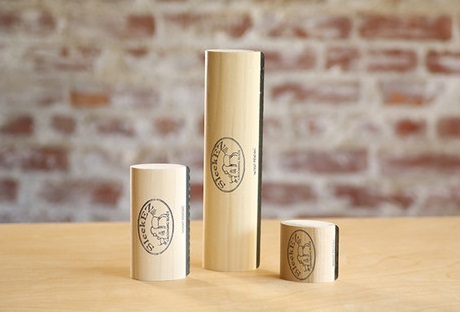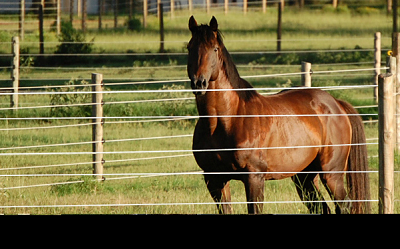
Looking for a REAL Dude Ranch Vacation?
If you are looking for an all-inclusive family vacation adventure that your family will never forget, you need to consider Colorado Trails Guest Ranch, set in the in the beautiful in the San Juan Mountains. This fun-filled dude ranch experience will create new friends, family togetherness and oh so many wonderful memories. The Best Way to Experience the San Juan Mountains. Horseback riding in Colorado is an incredibly unique way to experience the terrain. Discovering the vast mountain ranges, riding alongside a creek, or loping across a meadow – it’s easy to feel like you’re in a movie or fairy…


